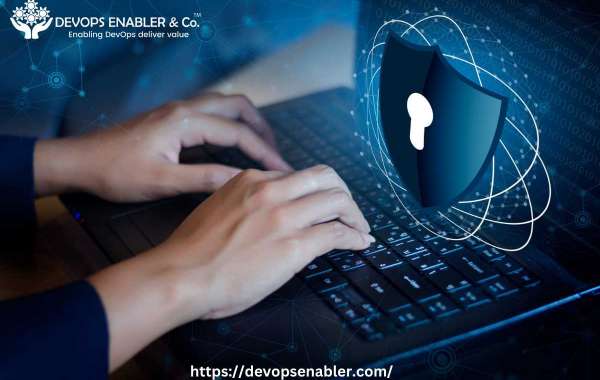Where innovation is constant and deployment cycles are rapid, the integration of security measures is no longer a luxury—it's a necessity. Enter DevSecOps, a methodology that blends development, operations, and security practices seamlessly throughout the software development lifecycle (SDLC). At the heart of DevSecOps lies the concept of "security-as-code," a pragmatic approach that embeds security controls into every stage of the SDLC and automates processes to ensure consistent application of security measures. As the utilization of infrastructure as code gains traction, this automated approach to security policies becomes not just advantageous, but essential for keeping pace with the velocity of DevOps.
Understanding the Essence of Security-as-Code:
Francois Raynaud, an influential figure in the realm of DevSecOps and the founder of DevSecCon, articulates the essence of security-as-code as a means to make security more transparent and to bridge the communication gap between security practitioners and developers. This alignment requires security teams to comprehend developers' workflows and integrate security controls seamlessly into the SDLC. By doing so, security teams empower developers to create secure code proactively, without impeding the development process.
Empowering Developers to Create Secure Code:
Developers have long desired to write secure code, but they often lack the necessary tools and practices to do so effectively. Security-as-code addresses this gap by embedding security into the DevOps workflow, enabling developers to identify and rectify security flaws early in the development lifecycle. By integrating security practices into their daily workflows, developers gain the knowledge and tools needed to address security vulnerabilities proactively, thereby enhancing the overall security posture of applications.
Prioritizing Security-as-Code Capabilities:
To fully harness the potential of security-as-code and achieve DevSecOps excellence, organizations should prioritize six key capabilities:
- Automate: Integrate security scans and tests, such as static analysis, container scanning, and fuzz testing, into the DevOps pipeline. Automation ensures that security controls are consistently applied across all projects and environments, minimizing the risk of vulnerabilities slipping through undetected.
- Build: Establish an immediate feedback loop by presenting security scan results to developers in real-time. This empowers developers to remediate issues promptly during the coding process, fostering a culture of security awareness and continuous improvement.
Contact for Support: https://devopsenabler.com/contact-us
- Evaluate: Continuously evaluate and monitor automated security policies by incorporating checks into the development process. Verify that sensitive data and secrets are not inadvertently exposed or published, mitigating potential security risks.
- Standardize: Standardize exception-handling procedures to streamline the remediation process for identified vulnerabilities. Automate simple remediations and implement approval workflows for more complex issues, ensuring consistency and efficiency in addressing security flaws.
- Test: Test new code at every code change to identify and rectify security vulnerabilities before they can be exploited. Rigorous testing practices are essential for maintaining the integrity and security of applications in the face of evolving threats.
- Monitor: Implement robust monitoring mechanisms to track vulnerabilities and their remediation progress using both scheduled and continuous methods. Features like GitLab’s Security Dashboard and Compliance Dashboard enhance visibility into security posture, facilitating proactive risk management.
Striving Towards DevSecOps Excellence:
By embracing these six best practices, organizations can transition into well-oiled DevSecOps machines, where security is not a bottleneck but an enabler of innovation and agility. Security-as-code emerges as the linchpin within this paradigm, offering a pragmatic solution to fortify applications against emerging threats while maintaining the velocity and efficiency synonymous with DevOps culture.
As organizations navigate the complexities of modern software development, security-as-code emerges as the cornerstone of DevSecOps, bridging the gap between security and development. By embedding security controls into the fabric of the SDLC and automating critical security processes, enterprises can elevate their security posture and embrace a proactive approach to safeguarding their digital assets. In an era characterized by relentless innovation and evolving threats, security-as-code is not just a smart solution—it's an imperative for staying ahead of the curve and safeguarding against emerging threats.
Contact Information:
- Phone: 080-28473200 / +91 8880 38 18 58
- Email: sales@devopsenabler.com
- Address: #100, Varanasi Main Road, Bangalore 560036.








